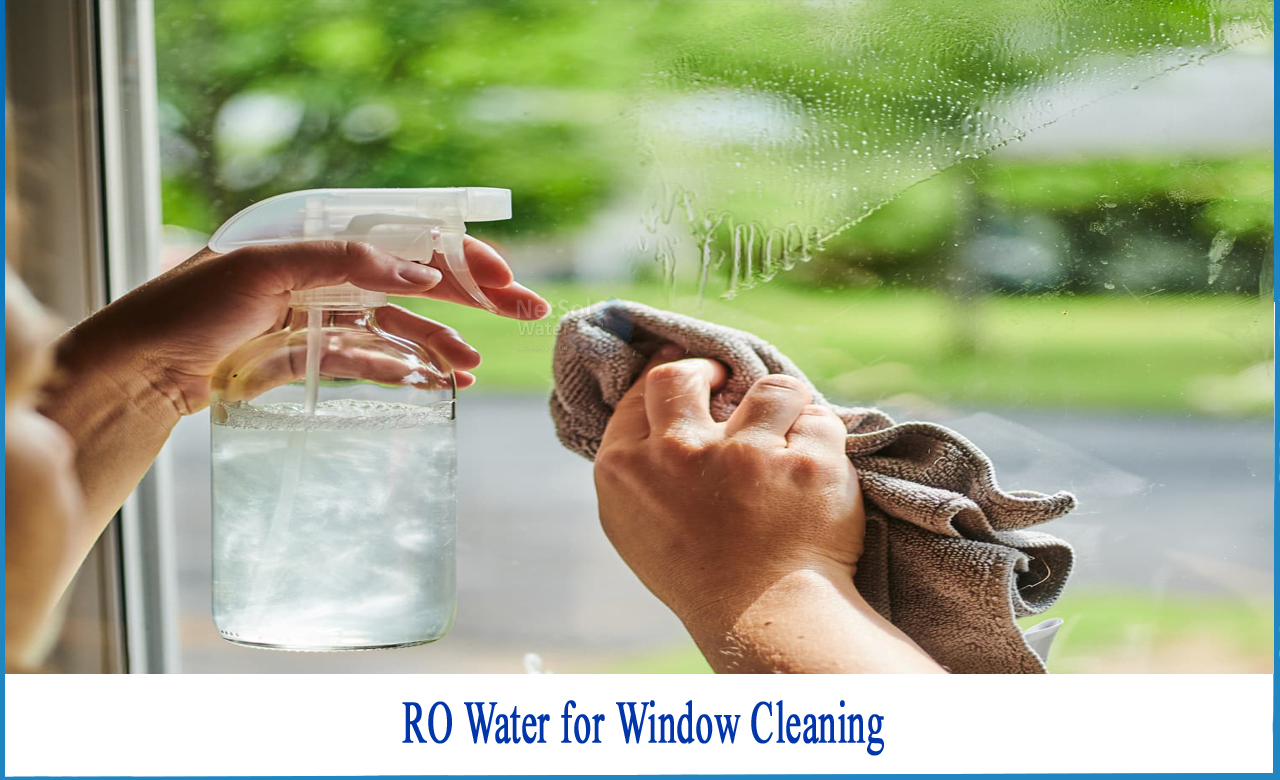The majority of homeowners will have a never-ending list of domestic duties to complete. If you've ever tried to clean your own windows only to end up with streaks and water stains after the water has dried, you know how aggravating it can be! Impurities in the water generate these unattractive stains, therefore no matter what detergent or cleaning agent you use, these marks will appear when cleaned with 'normal' water.
How does Reverse Osmosis clean windows?
For many years, professional window washers have relied on reverse osmosis technology. Water softening, reverse osmosis, and de-ionization are the three basic phases of water purification in window cleaning.
The best filtration method is reverse osmosis (RO). It operates by driving water across a semi-permeable membrane to separate pollutants from it. This membrane works as a physical barrier, preventing contaminants from passing through at the molecular level. This will provide pure water that has been filtered to remove 98 percent of contaminants like fluoride, lead, chlorine, chloramines, pesticides, nitrates, sulphates, and other contaminants.This allows windows to be cleaned with pure water, eliminating streaks and water marks caused by water pollutants.It's worth noting that water softening isn't always required while cleaning windows. However, in locations where the water is hard, this can be advantageous. Calcium and magnesium will be removed, and sodium will be replaced.
Your TDS will be 350 or more if you have hard water. Both of these procedures can be utilised independently or in tandem. Many window cleaning firms employ a combination of these techniques to achieve a professional result.
What are the stages of a RO window cleaning systems?
-A typical Reverse Osmosis system used by window washers may purify water in five or six stages. To ensure that the water is of the highest and purest quality, our systems employ a combination of filters and membranes. On certain systems, we often include a spinning sediment filter, a carbon block filter, and a chlorplus carbon filter. All sediments and particles such as dirt, sand, silt, and rust will be removed.
-The carbon block filter is the second stage, which is a high-quality filter manufactured from roasted coconut husk and activated carbon granules. This filter is great for removing particles, microscopic cysts, heavy metals like lead, and other pollutants like chlorine.
-A third pre-filter can be included in certain of our systems. This filter uses innovative activated carbon technology to reduce chloramine and chlorine levels more effectively. It also reduces the use of petrochemical by-products such as dichloroacetonitrile, ethylene di-bromide, and pesticides. Chloramine carbon filters minimises silt while delivering higher chloramine performance than granules.
CONCLUSION
Professional window cleaners might consider reverse osmosis systems, which use a series of filters and membranes to produce extremely pure water. It's a good technique to get rid of any unwanted particles and pollutants on a molecular level, so your windows look like they belong in a show home.
NETSOL offers clients who use our window cleaning equipment the option of including a de-ionization stage. DI is a water purification method that uses resin to remove all dissolved solids from the water. Non-water ions are attracted to these resins, which are then replaced with water ions. With a Total Dissolved Solids (TDS) reading of zero, you'll have purer water.



